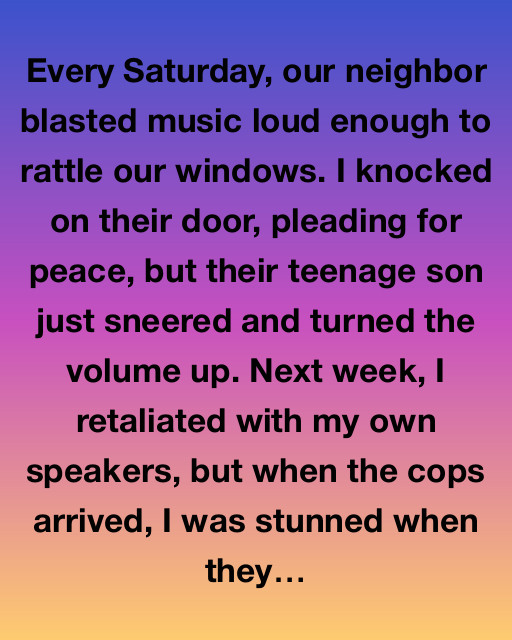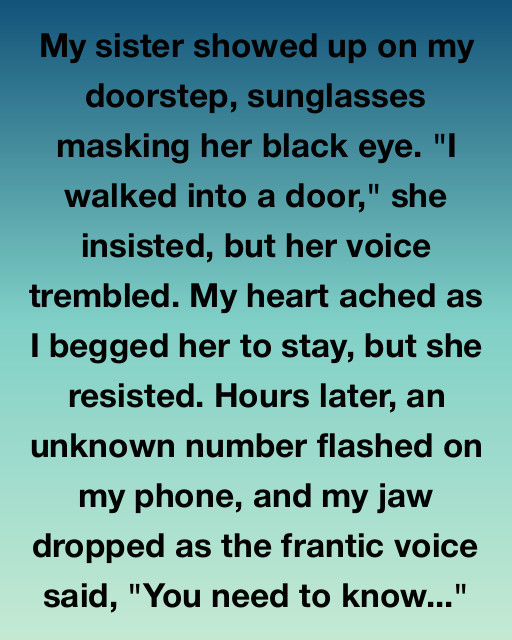Parenting in today’s world can be a challenging task. Not only do parents have to navigate the opinions of family members, but they also have to contend with the judgment and comments from random strangers on the internet regarding their parenting methods. It can feel overwhelming at times, especially when it comes to ensuring the safety of energetic and curious children.

Meet Jordan Driskell, a 31-year-old father of five quintuplets who are all 5 years old. With five lively children of the same age, taking care of them can be quite a handful, especially when they are eager to explore their surroundings. This is where Jordan’s creativity and resourcefulness come into play.
To address the challenge of keeping an eye on all his children while they are out in public, Jordan came up with a simple yet effective solution – he decided to use leashes meant for children. This game-changing decision has made a huge difference for their family, allowing the children to have fun while staying safe.
In the past, the Driskell family used a 6-seat stroller to accommodate their big family. However, this proved to be tiresome for the children as they felt confined and restricted. Additionally, the stroller was cumbersome to take everywhere. Jordan’s innovative approach of using leashes has transformed their outings and given the children the freedom to explore their surroundings.
Using leashes not only ensures that Jordan doesn’t lose sight or control of his children but also allows the kids to wander and discover the world around them. It’s a practical solution that keeps the children safe while giving them the independence to enjoy their outings.
Recently, a video of the Driskell family’s trip to the aquarium, where the children were on leashes, went viral, garnering over 3 million views. Sadly, along with the video’s popularity came negative feedback and criticism directed towards the parents. Some comments suggested that using leashes on children implied treating them like animals, while others offered unsolicited advice, suggesting better training for the kids.
However, Dr. Deborah Gilboa, an expert in parenting and adolescent development, disagrees with these notions. She emphasizes that using a leash does not make a child think they are an animal. In fact, Dr. Gilboa argues that if the alternative to a leash is staying at home, then using a leash is a far better option.
Dr. Gilboa further explains that leashes can be a practical tool, particularly for younger children or those with neurodiverse needs, as it helps ensure their safety and manage their behavior in public spaces. However, for neurotypical children, gradually phasing out the use of leashes is important as they develop their listening skills and can be effectively communicated with verbally.
It’s essential for parents to have the freedom to choose their own parenting methods without facing unnecessary judgment from society. Children using leashes in public is a personal decision that should be respected.
What are your thoughts on this topic? We would love to hear your opinions in the comments below. Feel free to share this article with friends and family to get their perspectives too!




